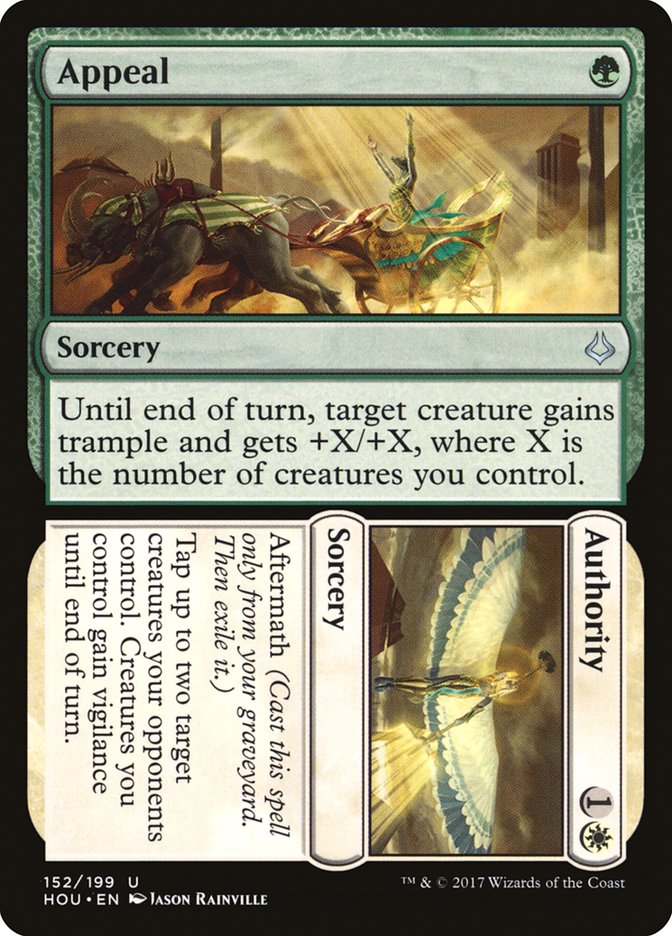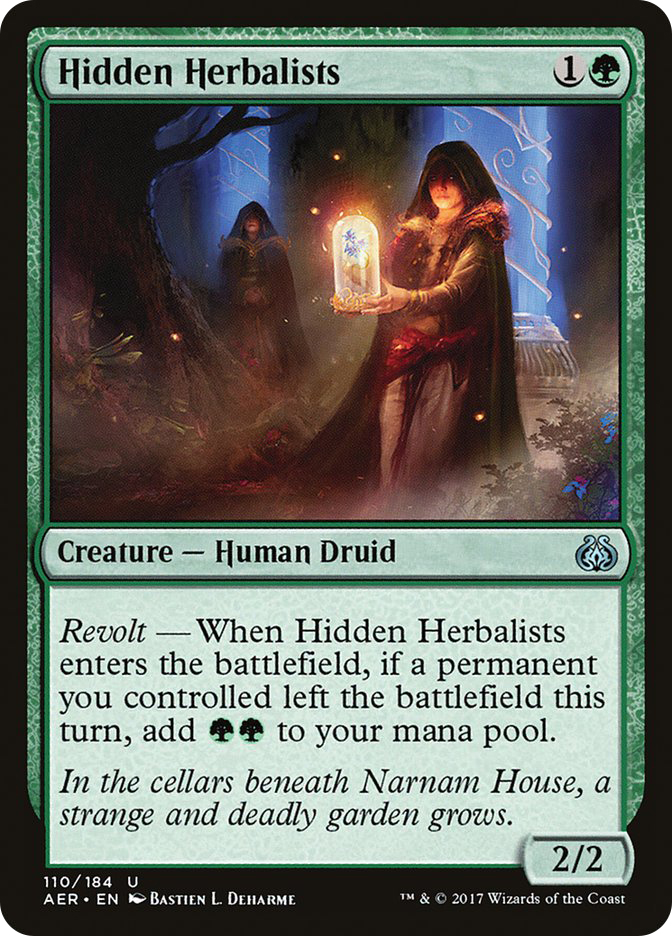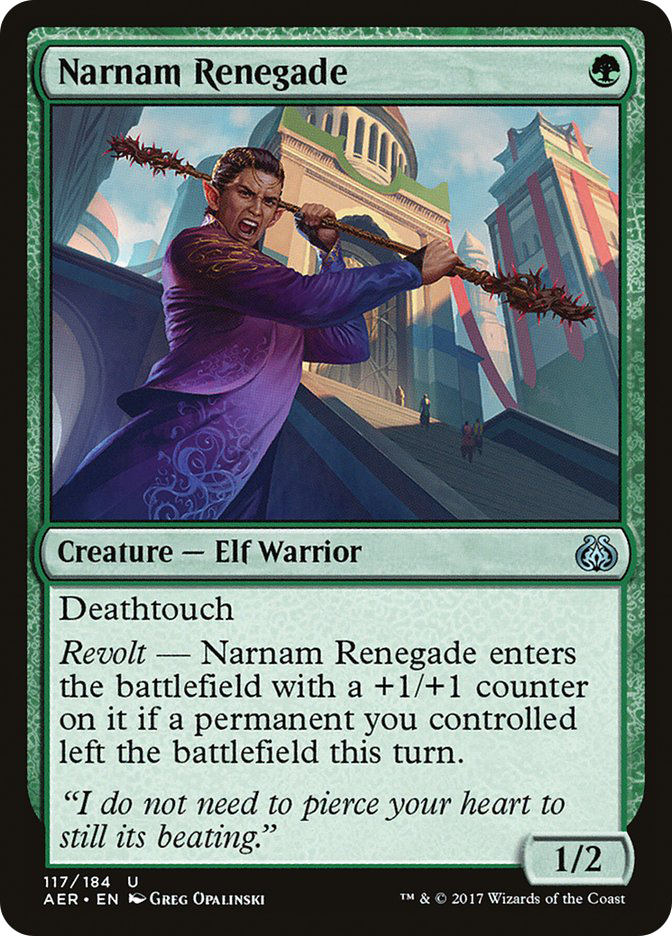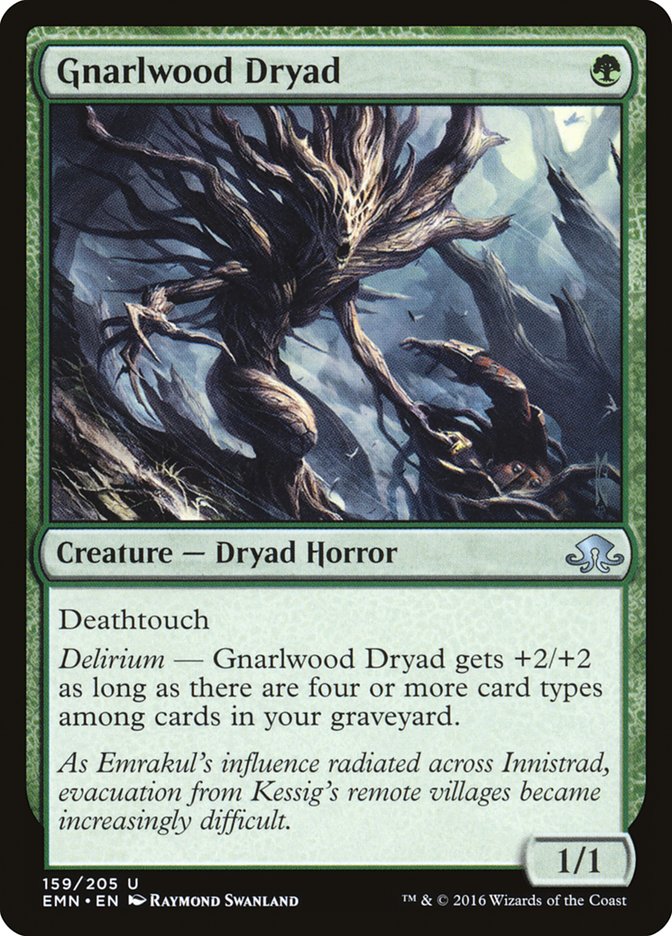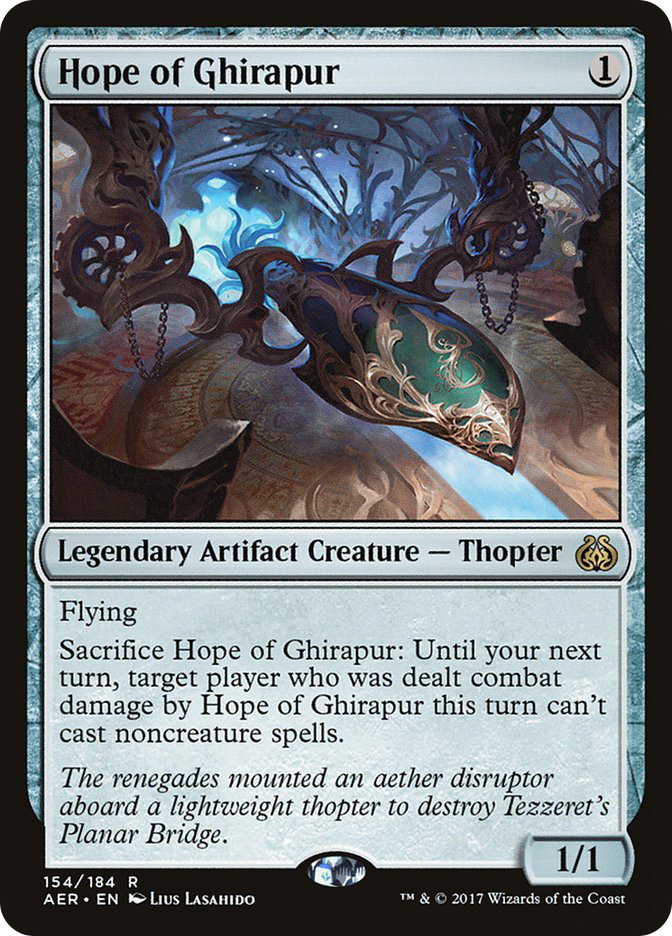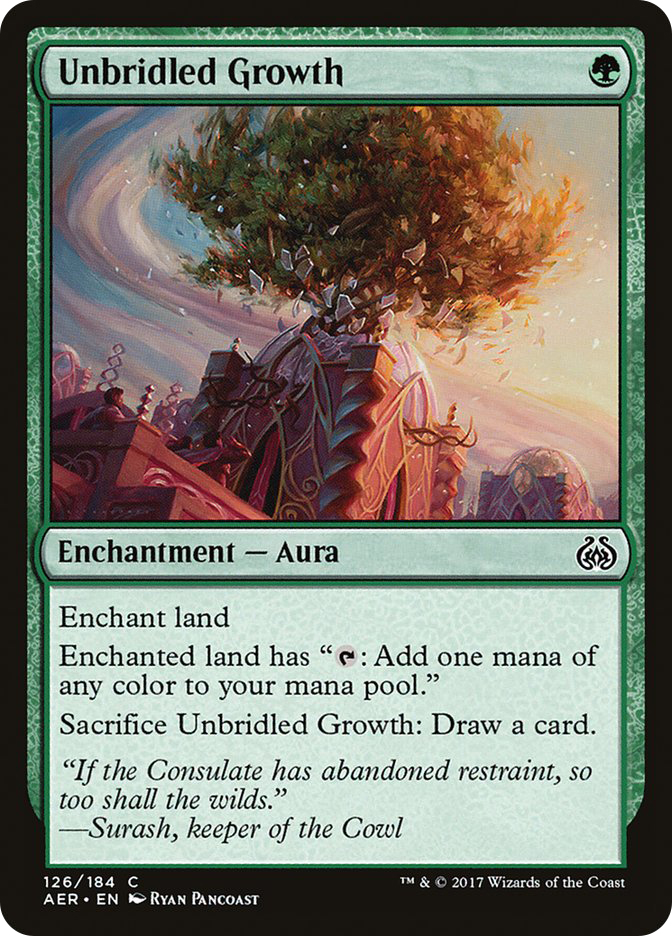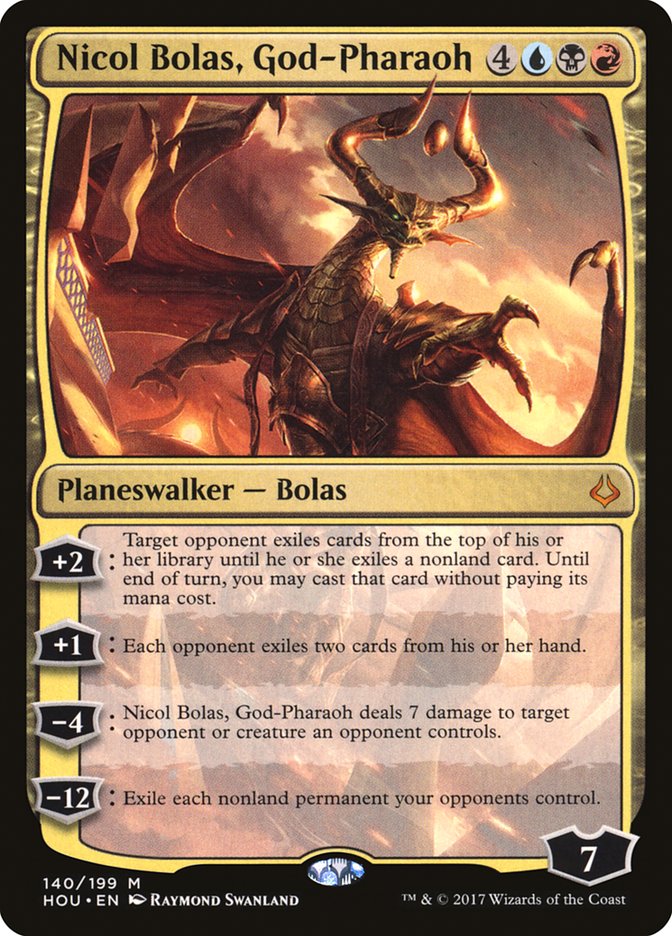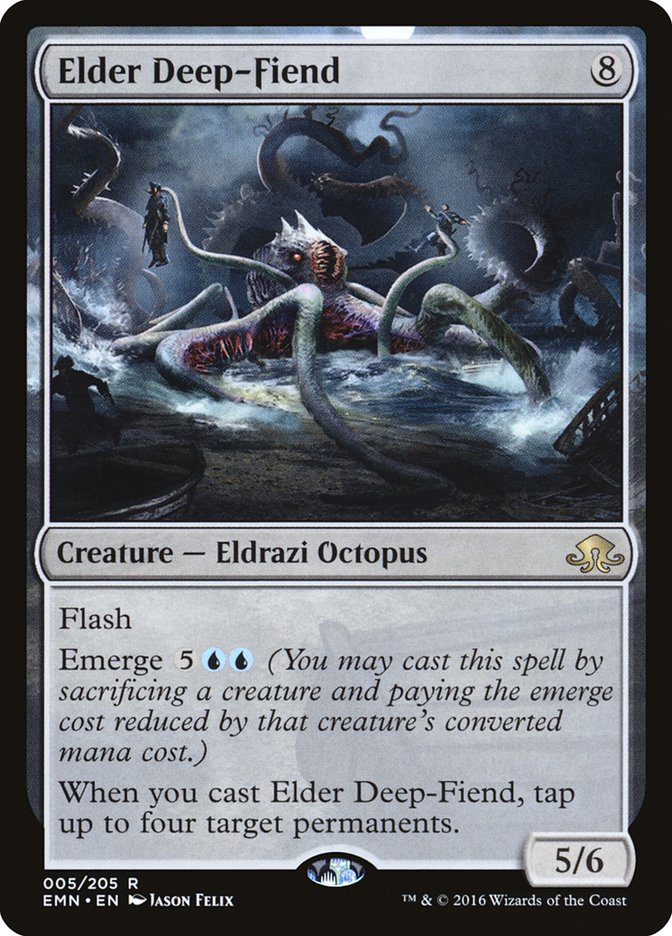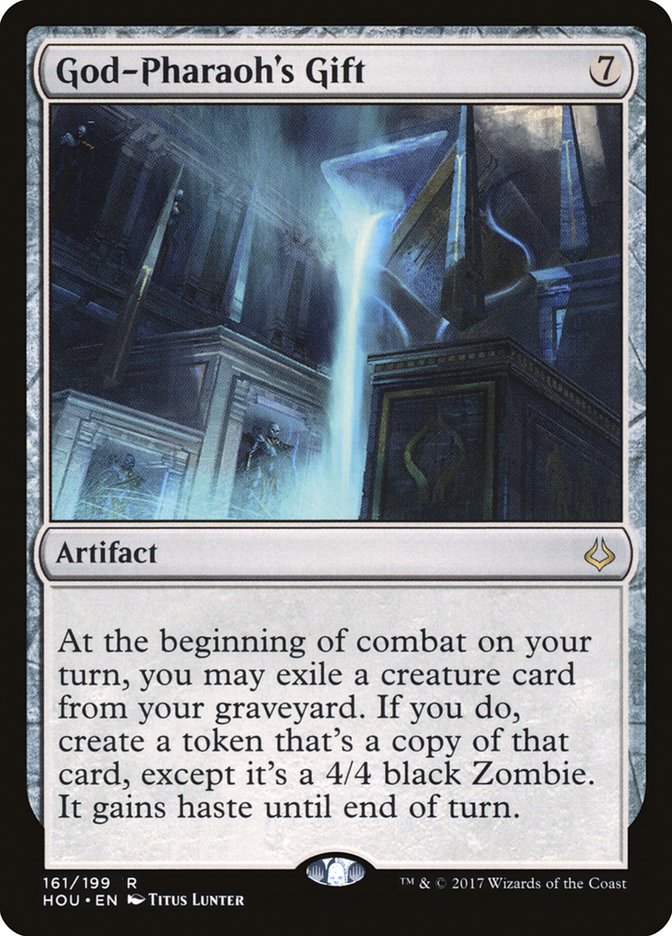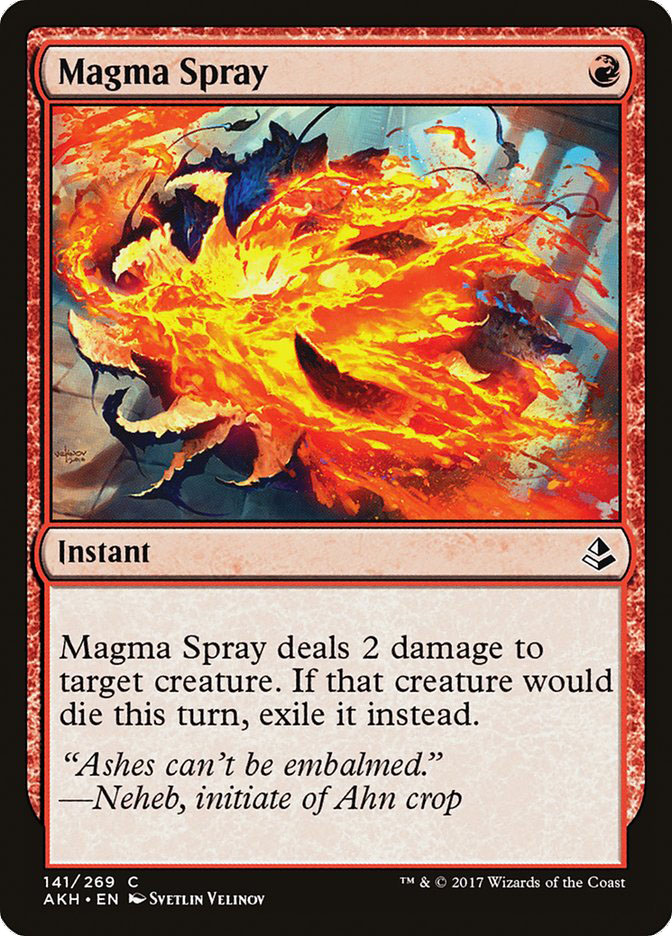Standard, more than any other format, has a flow to it. There’s the excitement of a new set and its impact on the format, the flurry of brews that emerge in the early weeks following its release, the Pro Tour, the pinnacle of its developmental arc, and the denouement of the format as we wait for the next set’s previews, starting the cycle over.
But as far as I’m concerned, this should never be the end of Standard. Even now, we have six solid weeks before Ixalan is slated to become legal, and probably two to three weeks before official previews start. From the end of the Standard Pro Tour until the start of preview season, we’ve got five or six weeks of Friday Night Magic, SCG Tour events featuring Standard, Grand Prix Washington DC, and countless opportunities to continue exploring the newest set through Limited and Constructed outlets.
I love this time, honestly; there’s less pressure, you can see where the metagame is, and you can develop decks to leverage cards you want to use. Standard ‘s great when in a pretty healthy place, and this season is no exception. With the reintroduction of the banned list to Standard, those individuals with the most at stake in the game can eliminate problem cards that, by and large, create an environment that’s hostile to new players just looking to jump into the game and keeps costs down, allowing people of all budgets to jump in and enjoy Magic, whether they’re taking a deck played by the game’s best professionals, or if they want to charge down their own path.
This past weekend’s Classic event at SCG Richmond proves this clearly; in the format’s Top 16, we saw nine different archetypes, ranging from several different brands of aggro to midrange, synergy-oriented decks and even a couple control decks in the mix.
So, in a time of brewing and diversity, what deck should we build today? Don’t worry; despite today’s card of choice, we don’t have to look to a pro or a developer at Wizards to make our next decision for us.
We can be the authority.
This card has intrigued me from the first time it destroyed my face in a Sealed match. This heavily combat-oriented spell relies on a few things going right to work as it’s supposed to, but the razor-thin cost of this card is enough to get me interested. With a flood of creatures, this vicious, one-mana trick can turn the tide of a stalemate and prevent an effective return attack, putting your opponent perpetually on the back foot.
While a token strategy seems to be a great place to start, I’d rather my creatures be a little beefier, with a healthy dash of synergy. Green and white are known for both their thriftiness and their power, so I’m willing to go pretty deep to develop a solid army of attackers, but relying on a critical combat to ultimately keep the deck aggressive.
Burning-Tree Emissary was a beautiful card in its day, and even now, it’s been given a second life in Mono-Green and Mono-Red devotion in Modern. Hidden Herbalists is easier to cast, sure, but it’s more restrictive in the mana it produces, and it has a condition that must be met in order for it to be cast most effectively. Revolt triggers abound in Standard, though, so I’m not particularly worried about finding a way to make it work.
While we’re at it, I’ve got these two great deathtouch creatures which, when combined with Appeal’s trampling ability, makes them especially lethal on the attack. Remember that, if a creature has deathtouch and trample, you need only assign one damage per blocker, allowing the rest to crash through.
Appeal relies on having a lot of creatures, so we need to keep the curve ridiculously low. We’ve got some soft evasion, but arguably the best creature in the deck soars above the rest, can freely trigger revolt, and dedicates two card types to the graveyard for delirium.
While I’ve struggled to find a good spot for this colorless Flying Men, I think this seems to be the best application yet.
With enough revolt triggers, other conditional cards become more reliable. Before long, you’ve slotted your deck out, and we’re ready to begin the brew.
Creatures (24)
- 4 Blisterpod
- 4 Gnarlwood Dryad
- 1 Kessig Prowler
- 3 Renegade Rallier
- 4 Hidden Herbalists
- 4 Hope of Ghirapur
- 4 Narnam Renegade
Lands (17)
Spells (19)

Let’s take a look at our first pass and the extra cards we’re using to fill the gaps.
Blisterpod may be the most unexciting, yet safest target for any of your own spells. If they wish to kill it in response to you targeting it with Appeal, for example, you still get a 1/1 Eldrazi Scion, one that you can sacrifice later for ramp, revolt, or both. It’s a safe, if mundane bet. Renegade Rallier, perhaps the best non-removal revolt card in Aether Revolt, has to make an appearance here; thanks to all of the deck’s permanent types, it can return nearly anything from your graveyard to the battlefield. I’m still figuring out a Modern deck that lets you return Tibalt, the Fiend-Blooded to play for value, but until then, Renegade Rallier returns any permanent card in the deck to the battlefield, excluding itself. The correct target will be difficult to determine, but that’s part of the fun.
The spells are carefully chosen to support consistent revolt triggers and to keep gas coming. The deck’s low power level has to be offset by considerable card draw, so both Sixth Sense and Driven // Despair seem like essential choices to the plan. Sixth Sense, while not directly tied to revolt, also has a unique side effect: if you don’t have something that can immediately produce revolt, it will be awfully tempting for your opponent to kill your Sixth Sense target before you draw during combat. If this occurs, they have provided a revolt trigger for you; you can then use the rest of your return with revolt turned on, “punishing” your opponent by triggering the Hidden Herbalists you’re socking away in your hand.
These two revolt enablers are not only great, manaless ways to trigger revolt on the relevant turn, but they allow a tiny bit of greed in our manabase, letting us find our second or third color or making one land produce all our colors if the revolt trigger is less important. Renegade Map is not a land, but it’s about as close to one as we’ve gotten in a long time. Traveler’s Amulet, although also Standard-legal at the moment, has nothing on the free activation of Renegade Map.
Speaking of Renegade Map, that leads me to the most surprising part of the decklist, at least in the abstract: the frighteningly low amount of lands.
Seventeen is an appropriate number of lands for most Limited decks, but such Constructed decks, certainly those outside of Eternal formats, are quite rare indeed. Even the most aggressive mono-red decks in our recent Standard days play twenty lands at minimum, and they’re just one color. However, we have a few things on our side: Renegade Map and Unbridled Growth specifically, but in a different way, Driven // Despair and Sixth Sense.
With all the one-drop spells and other cards like Hidden Herbalists to maintain explosive battlefield development, you really, really don’t want to flood. You have a solid amount of mana fixing through the aforementioned effects, so for an aggressive green and white deck, you’re seeing a lot more cards than you might normally. Sixth Sense and Driven // Despair also help load your hand up with threats. It’s easy to keep a one-lander, resolve a turn 1 creature, untap, add a Sixth Sense, and beat their Abrade, Grasp of Darkness, or Declaration in Stone to the punch. Looking at more cards, naturally, lets you look at more lands. It’s a calculated risk, I’d say, but one I’m willing to take to give us a better topdeck in the late-game.
Before we build a real sideboard for this deck, let’s get in some reps against the format’s biggest archetypes. Then we can make adjustments based on actual playability and consistency, as well as what the threats to this deck really are. Before testing, I’d say that my biggest fears are going to be sweepers and tempo plays like Blessed Alliance andUnsummon. I think I can effectively outrace a red deck, as my ability to block with a cheap creature, especially something like Blisterpod, will still keep me ahead of my opponent. Alternatively, I think I can out-tempo midrange decks who won’t be able to get online fast enough, or at least won’t have sufficient time to get their value engines online.
I got in a casual, non-sideboarded four-match set against from friends playing Grixis Control, a Temur Energy build, a U/W God-Pharaoh’s Gift deck, and Ramunap Red.
The Grixis Control, basically a U/R control deck with Nicol Bolas, God-Pharaoh and a couple of black sideboard cards, put up a good fight. The deck’s counterspells were worthless against me thanks to my low costs, and the deck had to rely heavily on Sweltering Suns. Our battle was more one of resources; my threats were much cheaper and more efficient than his, and if he let his guard down, I could build up an army and crash. Torrential Gearhulk was a nonthreat. Casting Despair from the graveyard also felt fantastic, meaning that my opponent’s sweepers were their primary tool. Although I may have lost had we sideboarded, I took him out in two games.
Temur Energy was a bit tougher, as Harnessed Lightning kept me at bay, and the deck’s consistency is excellent thanks to Attune with Aether and Aether Hub keeping the three-color problem to a minimum. After a mulligsn to six in the first game, I fought hard but lost. In Game 2, I curved out into three on-time Hidden Herbalists. A timely Driven kept my hand full, and my opponent couldn’t answer all my threats. The final game saw an uncomfortable amount of incongruent cards after losing my early pair of Narnam Renegades. I never recovered, and an Elder-Deep Fiend shut me down for good.
U/W God-Pharaoh’s Gift was considerably easier than the two before it. Without much early-game removal from their side, I was easily able to race the deck, even with on-curve Refurbishes in both games. Playing around Cataclysmic Gearhulk and Angel of Invention’s lifelink was surprisingly easy, and a double Appeal followed by one Authority after my opponent resolved Cataclysmic Gearhulk was enough to put them down in the second of two games.
Ramunap Red was, to my surprise, the most difficult match of them all. The deck does not allow you to stumble at all, and the paltry land count came back to beat me in a race. Our main plan to defend against Ramunap Red, foolishly, is blocking, and without much in the way of proper removal, this meant I wasn’t blocking and I wasn’t killing. A quick two losses set me down hard.
The deck’s biggest problem was consistency. As fun as it was to “get them” with a Despair cast, it felt a little too conditional, and it required me to lower my defenses too much. In the instances where I lost, I found that the biggest culprit was the deck’s inconsistencies, weakness of the topdeck, and a heavy reliance on certain sequences to function correctly. The numbers of certain cards weren’t right, and while the draw power was considerable, I had to expend too many resources to take advantage of it.
The deck felt like a rough draft, to be sure, but it was still a lot of fun. It sure is nice to play with Burning-Tree Emissary again.
After a rework of the deck’s main function, analysis of each creature’s burden to pull its own weight, and some old-fashioned fat trimming, I’ve got a streamlined list that, at least initially, has tested to be much more consistent and just as much fun.
Creatures (23)
- 4 Gnarlwood Dryad
- 4 Renegade Rallier
- 4 Hidden Herbalists
- 4 Hope of Ghirapur
- 4 Narnam Renegade
- 3 Adorned Pouncer
Lands (18)
Spells (19)
Sideboard

This build is sleeker. It has cut the dross like Blisterpod, which never performed better than average without a sacrifice outlet, and Driven // Despair and the accompanying black-producing lands. This gives more lines, makes the deck more consistent, and highlights the cards that are truly threatening. A final extra Appeal // Authority puts in firmly in front as the deck-defining card. For once, we add more copies of the day’s title card!


